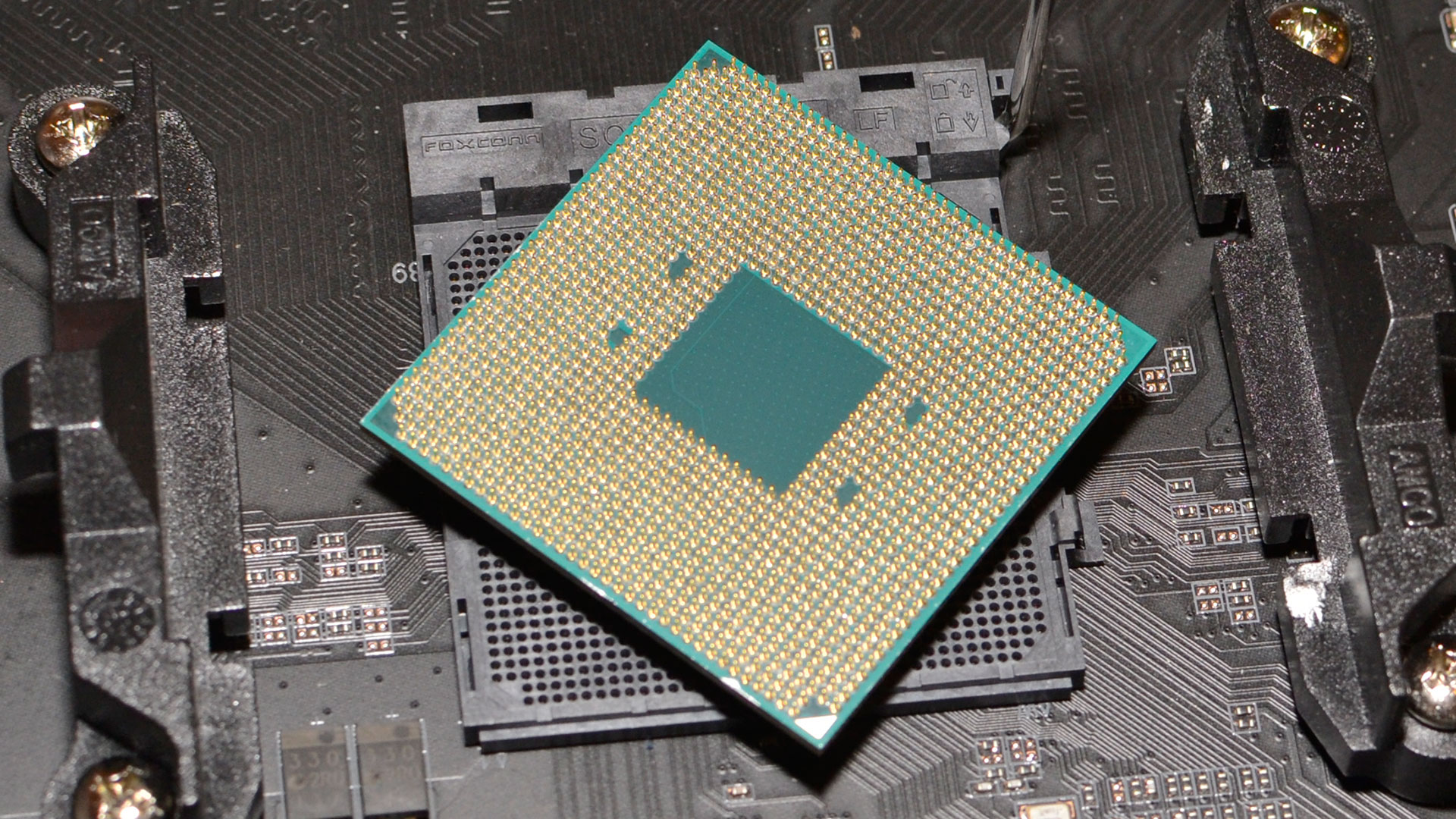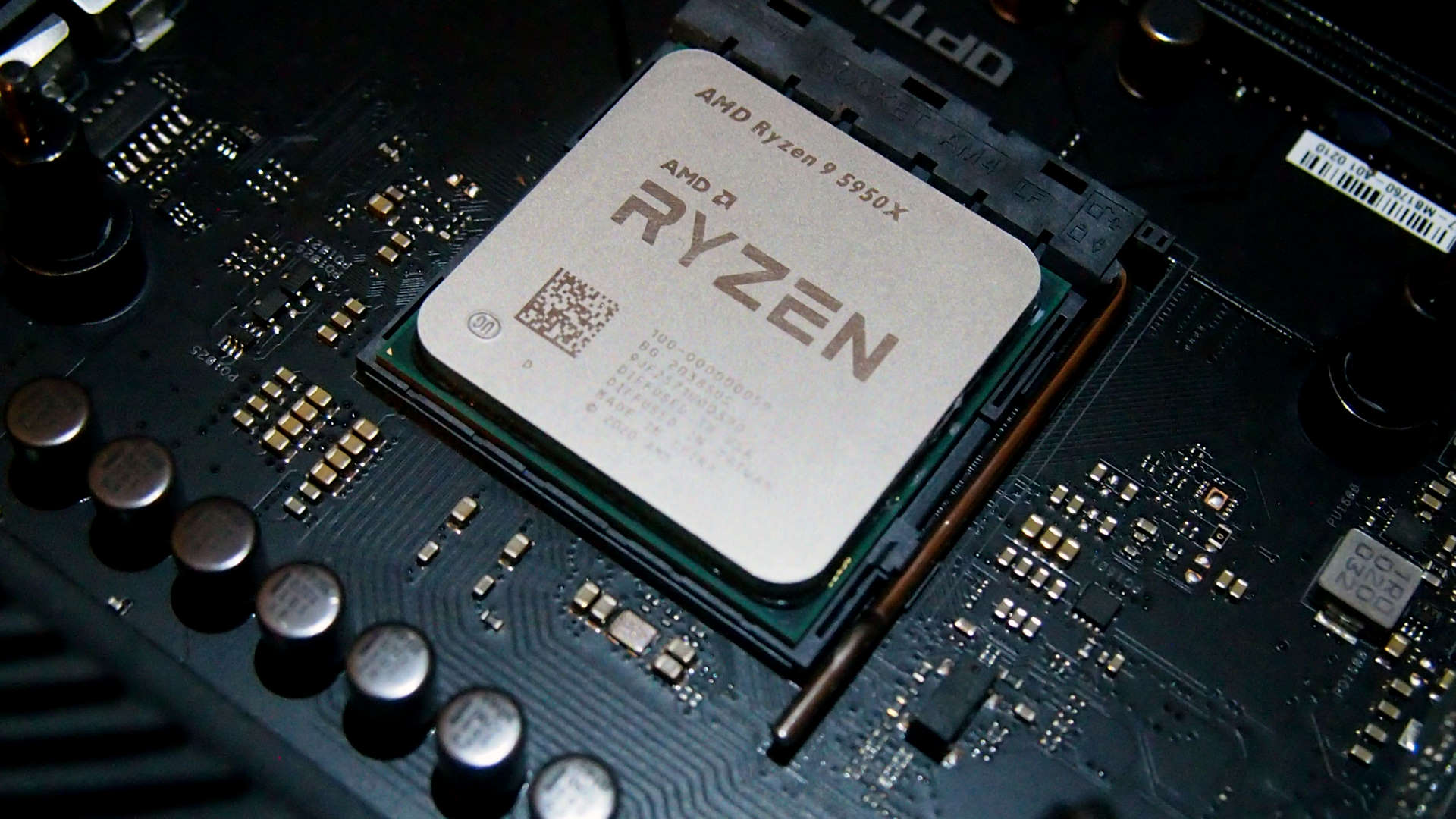Despite being just a humble CPU socket, AMD 'boldly suggests' AM4 has 'legendary status'

Few other CPU sockets have lasted as long or supported as many chips as this one, but its history isn't entirely free of hiccups.
When it comes to grabbing headlines in technology, you normally expect it to involve new chips, architectures, power figures, or clock speeds. A graphics card, CPU, laptop or phone—those immediately garner lots of attention. But processor sockets? No, not really, though there's one that stands out as the exception and AMD even "boldly suggests" it has "legendary status."
Square bits of plastic with tens of hundreds of metal pins embedded in them might not seem like cutting-edge technology but CPU sockets are pretty important things. They host all the connections required to power the chip and let it communicate with RAM, graphics cards, SSDs, and everything else in a PC.
There are two approaches to designing a new socket: (1) a short-term design that's fine for current technologies but will need to be replaced after a couple of years, or (2) a system that supports all of the latest tech but also has the capacity to support things that are years down the line. For the humble PC, Intel takes the first approach, whereas AMD takes the latter.
In September 2016, AMD released a slew of new CPU models for OEM partners, such as the basic A6-9500. New chips often require a new socket but in previous years, AMD often had several in the market, all at the same time (e.g. AM1, FM2+, AM3+). Replacing all of those was AM4—a square socket, 40x40 mm, home to 1331 contact pins. The idea was to have one socket for all desktop processors and not just for the first generation of chips, but for many more to come.
As it turned out, AM4 has lasted far longer than any other CPU socket design and it's still going strong seven years and eight months on. New processors were released for it as recently as January of this year.
It's been home to Zen, Zen+, Zen 2, and Zen 3 chips and while not every AM4 motherboard supports all of them, the more recent ones can handle most generations of Ryzen chips.

I was recently chatting with Martijn Boonstra, AMD's CPU expert and serious (serial?) overclocker, about many things all CPU related and we discussed at length on AM4's longevity. Martijn explained AMD's philosophy behind how it designs CPU sockets:
"You have your ultra enthusiasts who upgrade every new generation of CPU with new hardware, then you have moderate enthusiasts, we maybe skip one year and then didn't do year after. So I guess there's basically something for everybody. But there is always awareness, as long as you can put it in the same motherboard. Keep the same cooler, keep the same RAM and still enjoy the next-generation performance to its fullest without having to upgrade any of the other ecosystem parts."
In the case of AM4, the first processors it supported were the likes of the Ryzen 7 1800X, an eight-core, 4.0 GHz CPU that was designed to work with DDR4-2666 RAM. Four years on and that same socket could house a Ryzen 9 5750X, with 16 cores, running at 4.9 GHz and supporting DDR4-3200 or faster.
Even more than six years after its first appearance, you could buy one of the best gaming CPUs, the Ryzen 7 5800X3D, and drop it right into the socket with ease. Though physically that's true, technically you'll find it's not quite as simple as that. Still, such versatility hasn't been lost on PC gamers and the reputation of AM4 these days is second to none.

Can I boldly suggest that AM4 has legendary status?
Iain Bristow, AMD communications manager
Iain Bristow, AMD's communications manager, who was also party to our tech chat, offered a more succinct take: "Can I boldly suggest that AM4 has legendary status?"
From an engineering perspective, it's hard to disagree with such an assessment, regardless of who said it and in what circumstances. Designing a socket that can support multiple generations of architectures, while not being limited in areas such as PCI Express capability is no mean feat, but making one that is still in use, seven years later, is an astonishing achievement.
For AMD, it was quite a gamble locking multiple generations of CPU designs to one socket layout. It could have easily turned out that after three or four years, AM4 just didn't have enough pins to meet the power and signalling requirements, forcing a new socket to be designed and a loss of face, having already claimed that it would be supported for many years.
That all said, it's not like you can use an AM4 motherboard from 2016 and fit an AM4 CPU from 2024—it simply won't work. While the socket itself is fully backwards compatible, the processor still needs to be correctly supported by the motherboard's circuitry, BIOS, and chipset. Even the very latest and best AM4 motherboards you can get, such as the Asus ROG Crosshair VIII Dark Hero, don't support every generation of Ryzen processors.
In 2019, AMD found itself in hot water when it announced that Zen 3 Ryzen processors would only work in some AM4 motherboards and the new 500-series chipsets wouldn't support first-generation Zen CPUs at all. If you had an AM4 motherboard with a 300-series chipset, there was no guarantee that a Zen 3 chip would work, as the memory chips used to store the BIOS often weren't large enough to store settings for every Ryzen variant up to that point.

It made AMD's claim that it was going to support AM4 through many generations of Ryzen chips seem a tad hollow. Technically, there was nothing incorrect about such a statement but reality didn't quite match. Time seems to have made those previous issues fade from memory and all legends play a tad loose with historical accuracy, so Bristow's statement isn't entirely hyperbole.
Of course, having such socket longevity is mostly only good for AMD, as well as motherboard and cooler vendors, as it helps to reduce some of the costs when updating designs. However, the number of PC gamers who keep the same board for many years, but frequently change the CPU, is very small—it's a niche market, even amongst PC gamers. I'm certainly not one, as I keep the same processor and motherboard for many years before updating the whole lot when it's no longer good enough for my needs.
Its successor, AM5, is only a year and a half old so it's far too early to tell if it will have the same lifespan. AMD has officially stated that it plans to support the socket "through at least 2025" and likely beyond.

Best CPU for gaming: The top chips from Intel and AMD.
Best gaming motherboard: The right boards.
Best graphics card: Your perfect pixel-pusher awaits.
Best SSD for gaming: Get into the game ahead of the rest.
However, given that it was designed with the same philosophy in mind as AM4, I do not doubt that AMD will still be releasing Ryzen chips for it for many years to come. Whether that's still the case in 2030 and beyond is difficult to know for sure, but I wouldn't bet against seeing Zen 6 or Zen 7 processors finding a home in an AM5 motherboard or two.
Hopefully, AMD and its partners have learned valuable lessons from the 300 and 500-series chipset issues, and ensure all future AM5 motherboards fully support every Ryzen processor to use that socket design.
By the time we're in the next decade, there'll be another new AMD chip socket to ensure that the latest DDR RAM and PCI Express technologies are properly supported. Will folks be giving AM5 the same 'legendary' badge as AM4 when that happens? I don't think so, simply because AM4 has been so remarkable compared to everything else, even something equally good just won't have the same impact.
To mangle a well-known phrase, the king is not dead (yet), long live the king.
